Whether you’re a triathlete training for open water, a competitive swimmer, or a recreational swimmer, learning to swim faster and improving your freestyle is likely on your radar.
While there is no universal technique to swim faster freestyle, there are a number of things you need to keep in mind:
Pull
There has been plenty of discussion around what the ‘best’ pull is - s-pull, straight arm, or early vertical forearm.
Short answer: there is no single pull that will yield the best results for everyone. So, let’s break them down to help you determine which one is right for you.
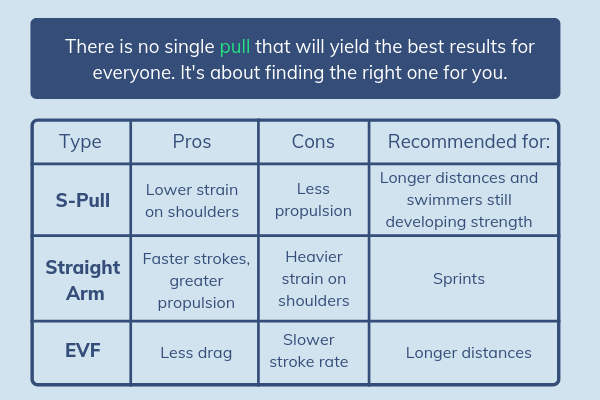
S-Pull:
The arms sweep out and in, mimicking a scull, before pulling back to the side. Recent studies have shown this pull to produce less propulsion but is also less straining on the shoulders.
This could be a good option for athletes still developing shoulder strength and swimming longer distances.
Straight arm:
The arms pull straight back, with a minimal bend in the elbows. This pull generally takes faster to complete a cycle and generates powerful propulsion, but is more taxing on the shoulders.
Many believe this pull to be ideal for sprints.
EVF:
High elbow catch, the arms pull at an angle almost perpendicular to the ground. The deep catch takes longer to complete a cycle but is generally associated with less drag.
This pull is often recommended for longer distances.
The ideal pull for you will depend on your capabilities, preference, and the distance you’re swimming. But, the one thing that will definitely prevent you from swimming a fast freestyle is dropping your elbows - this will generate poor propulsion and create additional drag.
Recovery and Rotation
While the pull is what propels you through the water, the recovery and rotation are just as important.
Just as with deciding on your pull, choosing between straight arm or bent arm recovery will be dependent on each athlete.
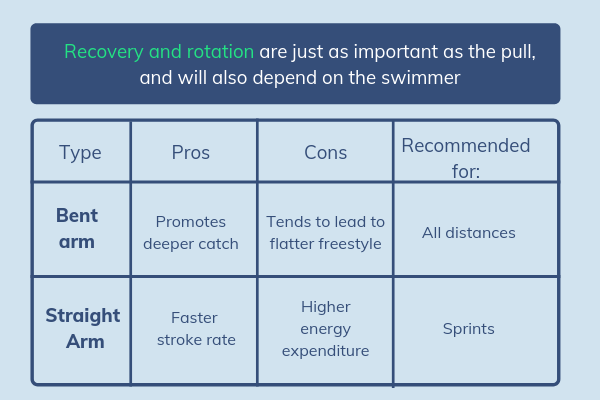
Bent arm:
High elbow recovery generally leads to a flatter freestyle, but for a more efficient stroke, a good amount of rotation is needed.
This technique makes it easier to initiate a deep catch as soon as the hand enters the water, requires less effort, and puts less stress on the shoulders.
For these reasons, a bent arm is a good recovery style for all distances.
Straight arm:
Straight arm recovery is typically coupled with a straight arm pull and a shoulder-driven technique. This produces a faster stroke rate, and if properly timed with good body rotation, increases distance per stroke.
Though this technique promotes a fast freestyle, it also requires more strength and expends more energy.
A straight arm can be extremely effective for sprints.
Just as with pulls, dropping elbows in the recovery increases drag.
Body Position
Finding the pull and recovery type that suits you won’t be as effective without proper body position.
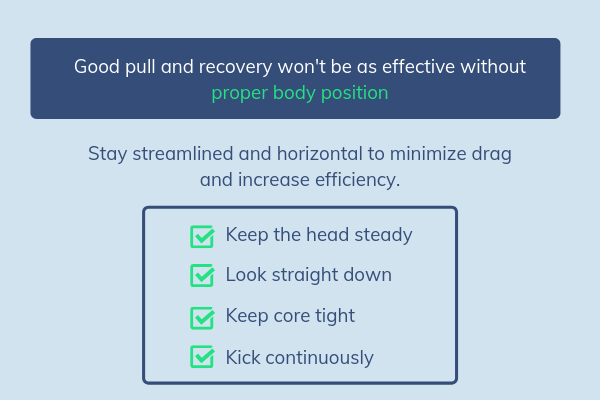
To move through the water smoothly, you want to stay streamlined and horizontal.
This means keeping the head steady, looking straight down (not up towards the wall or back to the feet), keeping the core tight, and kicking continuously to prevent the hips and legs from sinking. This minimizes drag and increases freestyle efficiency.
There is no single strategy that will guarantee a faster freestyle for everyone - your personal strategy might even vary between different distances.
You will need to test out different techniques for yourself to find the one you’re comfortable with that also results in faster swimming speed.

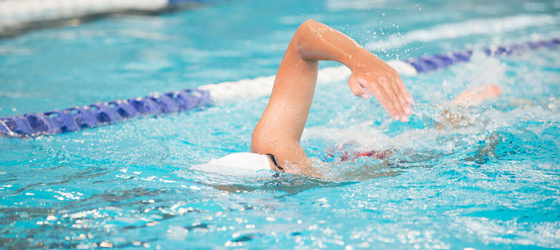

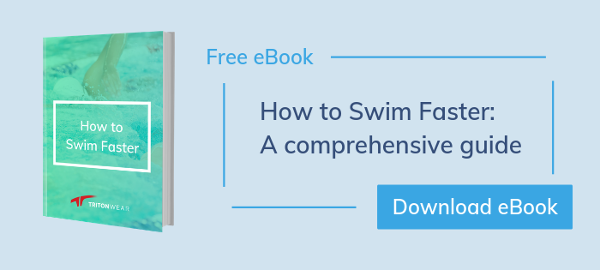
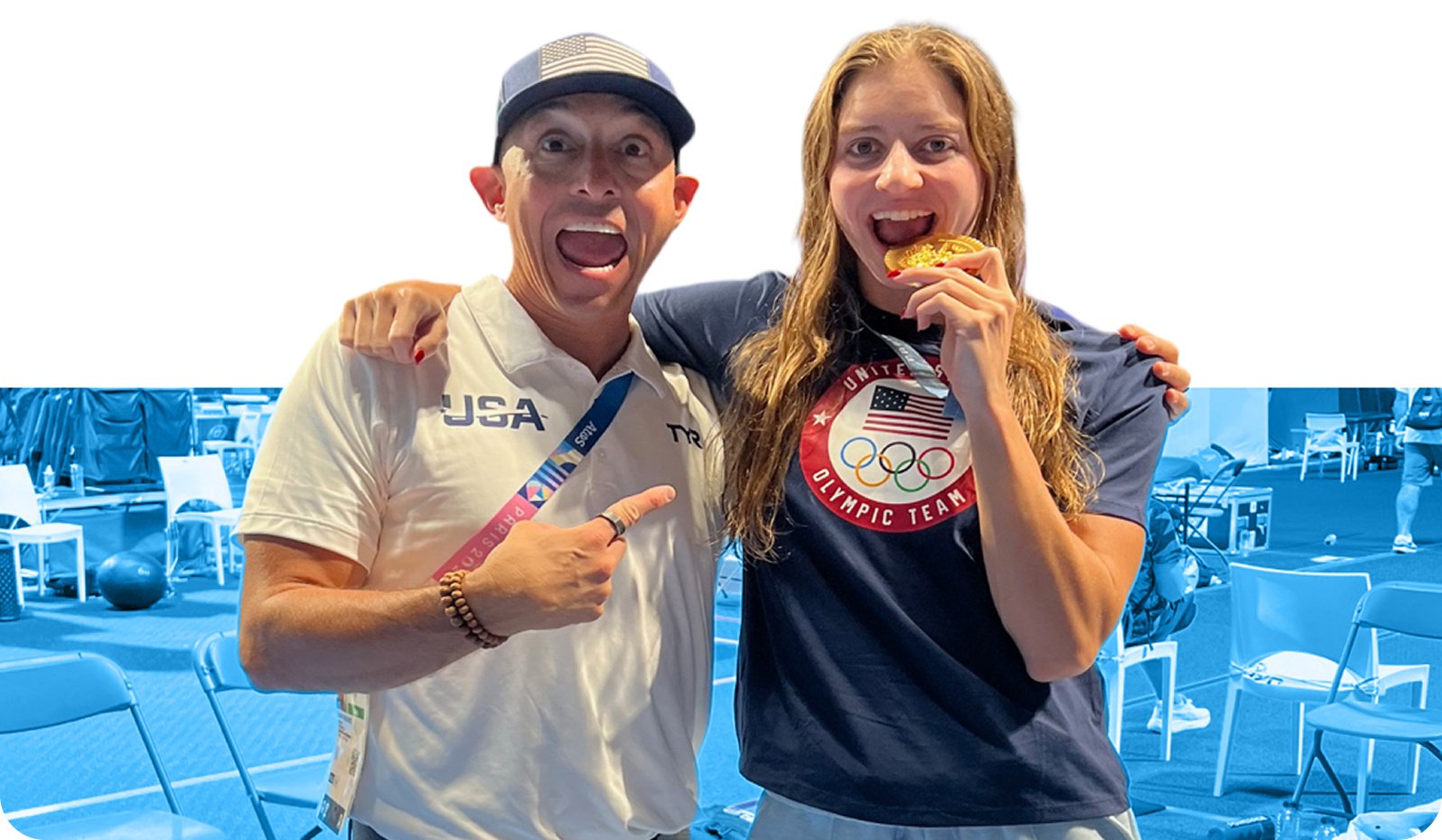

.png)
.png)